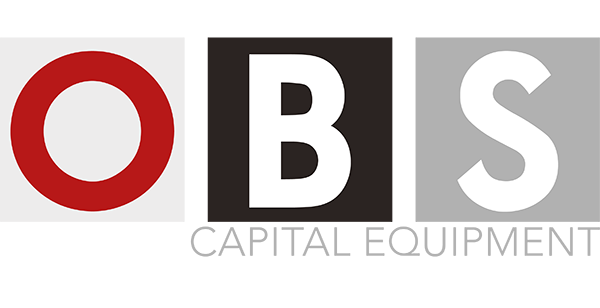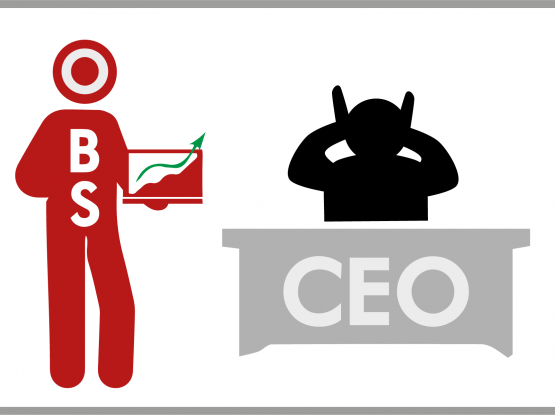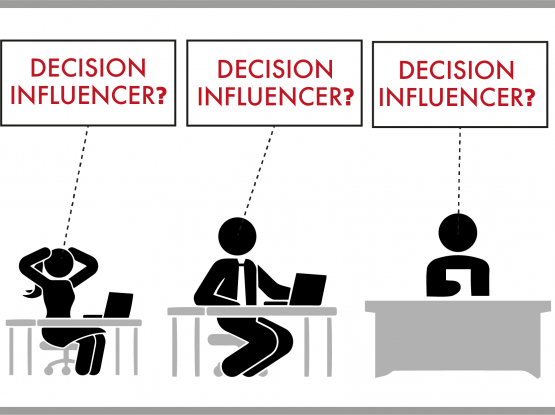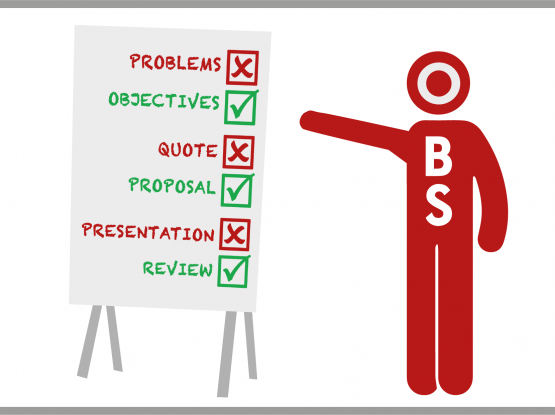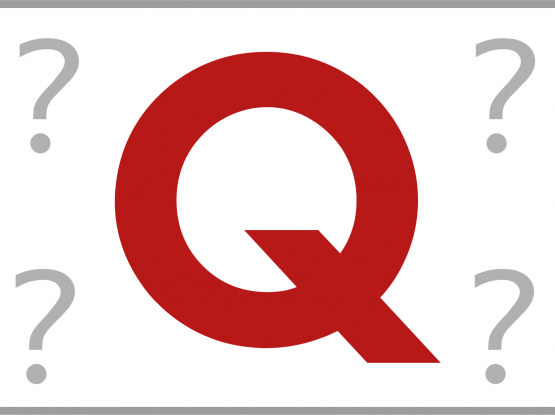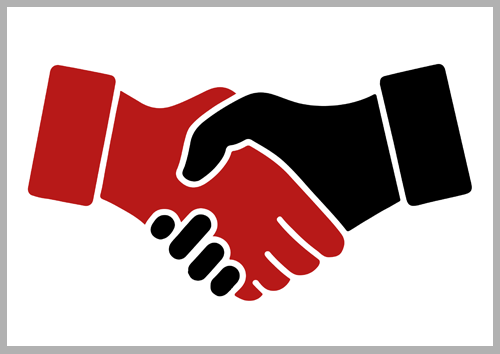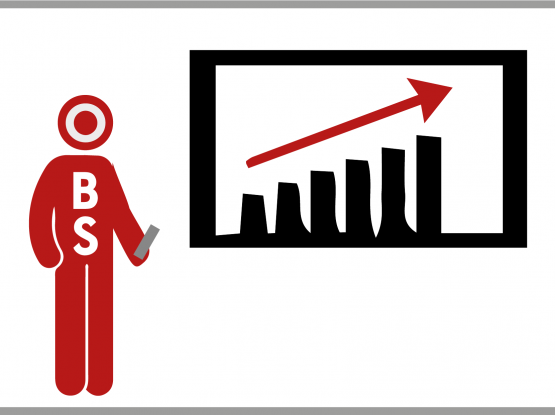PREPARATION
For your first scheduled client meeting, always be over prepared, so do pre- meeting research such as:
- Research the company you are visiting on their website
- Look up the decision maker/ influencer you are meeting on Linkedin
- If they have given you a basic outline of their objectives, prepare some examples of work you have done with similar clients, or even better, local clients, and what your products or services helped them achieve
- Always take more supporting material than you need; brochures, PPP or KN, product videos, client testimonials, your professional CV, but don’t show any of this until you have a basic understanding of their needs and have added value by asking questions
For two fundamental reasons, arriving on time and your personal attire is everything because:
- 95% of your client’s initial opinion of you will be based on dress and grooming
- They will decide if they like you in the first 4 seconds of meeting you and will spend the rest of the meeting justifying that initial decision they made in those first 4 seconds
SOFT ISSUES
Other things you can do to help in your first meeting are:
- Always arrive early and in the event you are going to be late, text or call the client in advance
- Don’t use the phone or read while waiting to see the client
- Hands out of pockets
- Jacket and tie on; even if it’s warm
- Look them directly in the eyes and smile
- Mirror their handshake
- Match their tonality in terms of volume and pace of speech
Give them 100% of your attention. In order to purchase your company’s products and services the buyer needs to LIKE you, TRUST you, BELIEVE you and UNDERSTAND you.
SET A PERSONAL TONE
After the initial “hello, how are you?“, always SET A PERSONAL TONE by saying something positive, such as:
- “Please thank your PA for looking after me”
- “Lovely office; such a fantastic view”
- “Thanks for the hot coffee”
You can also make a PERSONAL OBSERVATION that’s relevant such as: something in their office that you can relate to like a sporting picture on the wall; have you visited the company location in the past; does your company do business with other companies in their Group? The point behind making a personal observation is to show you are human and not a commodity and it’s at this point where, if the client engages you in conversation relative to the tone you have set, the pressure is off to get straight down to business.
Also covered in our blog entitled Build Personal, Professional Relationships, salespeople need to consider whether the customer’s style is inclined to being PERSONAL or PROFESSIONAL first. This skill is so important that, if it can be developed and fine-tuned, you are on your way towards being one of the most successful salespeople in your company.
IN THE MEETING – SCENARIO ONE
If you’ve SET THE TONE and they are ENGAGED with you, there is little client pressure and you can control the pace of the meeting by asking open-ended questions relating to their operational needs and objectives.
IN THE MEETING – SCENARIO TWO
If the client is NOT ENGAGED with you and dives in using phrases such as:
- “What’s your product?”
- “I’m busy. What’s your best price?”
- “We are short on time, what’s your pitch?”
- “You’ve got 10 minutes, tell me about your product”
they are taking control which you don’t want. So, flip it around by doing 2 things:
- Acknowledge comment by saying “I understand you are a busy man and want to get straight to the point. But I’m sure you’ll agree that I wouldn’t be serving you or your company correctly if I don’t fully understand your needs.”
OR
“I’m sure you’ll agree that it wouldn’t be right for me to talk about a product or solution until I fully understand what solution will work best for your company.” - Then ask them open-ended questions which can be tailored to your specific company’s product offering such as:
- “Tell me about your warehousing operation”
- “What’s the most critical issue in this project?”
- “Where are the pinch points in your pick and pack operation?”
- “How critical is it to reduce labour costs?”
- “How important is it to create more space in your Distribution Centre?”
- “What’s your view on making better use of the available cube in the DC?”
- “Who else is involved in the decision-making process?”
For a complete list of over 100 Open-Ended Questions, specific to the MHE and Capital Equipment Markets, download the full report by clicking HERE
During the course of your meeting discussions, whether the solution looks like it’s either a single low-cost capital item or a detailed solution, as part of your personal fact find you should strive to learn 4 things:
- Determine clients Business Objectives
- Identify Decision Influencers
- Establish Parameters
- Develop Alternative Solutions
For more on this, refer to the Objective Based Selling Diagram-Your Memory Tool, which can be downloaded by clicking HERE
ENDING THE MEETING
- Clearly summarise what you have learnt from this meeting
- Depending on the complexity of the project, explain the follow up work you will do on their behalf, such as site surveys, data analysis, customer site visits, organising scrum meetings, preparing OBS customer focused proposals or a review of your solution etc
- Explain the time frame for this initial work including when and how you will present back your solution
- Preferably on the same day, or latest the day after, summarise in an email the above points. Keep the email to a single paragraph with 2, possibly 3, bullet-points, followed by your next steps
- If you feel the meeting went well, ask for a referral: “Who else in your industry do you think would benefit from our services?” Remember, only 9% of salespeople ask for a client referral and a referral has weight
SUMMARY
The advice offered in this report is designed to help you add real value. You have done this by using your new skills and knowledge to help you develop personal/ professional relationships plus understanding the customer’s needs and objectives by asking open-ended questions.
For more on how to Build Personal, Professional Relationships, download the full report by clicking HERE
TAKEAWAY
In sales everything counts! Everything you do and say affects your credibility. To enhance that credibility OBS recommends taking complete responsibility and control over every detail of the following three things:
- What you do
- How you look
- What you say
DOWNLOAD THE FULL ARTICLE AND MORE HERE.
